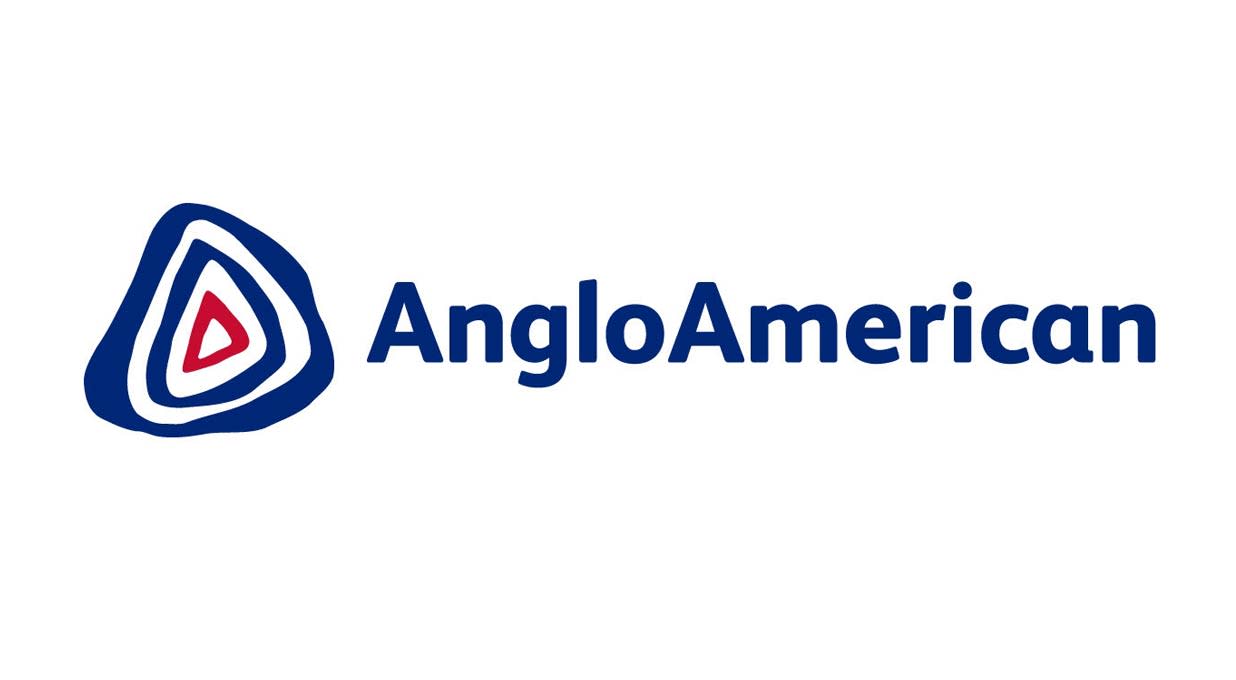Anglo American reported an 11% drop in full-year revenue to $27.3bn and a 15% decline in underlying cash profit (EBITDA) to $8.5bn (as expected). Performance was impacted by a 10% fall in average prices, though flat unit costs and $1.0bn in cost savings provided some offset.
The portfolio simplification is progressing, sales have been agreed for the steelmaking coal and nickel businesses. The PGM demerger is on track, and plans to separate the diamond business are ongoing, with its value written down by $2.9bn.
Free cash flow rose to $0.5bn, from a negative $1.4bn in 2023. Net debt stayed flat at $10.6bn.
A final dividend of $0.22 per share was announced, down 46% and in line with the 40% payout policy.
The shares rose 3.3% in early trading.
Our view
Like its peers, Anglo is battling with lower commodity prices, but its portfolio reshuffle is pushing on at pace. Management is looking to create a more agile and streamlined business with a focus on copper, premium iron ore, and crop nutrients. But there’s still a lot of work to do.
With sales agreed for the steelmaking coal and nickel assets, at what looks like decent prices, focus can turn to platinum and diamonds. There’s a demerger on the cards for platinum and the diamond business is still under consideration, with a weak market meaning the value is having to be written down.
Broadly speaking we are supportive of the move. Last year’s takeover talk has accelerated these plans, but for a while now it had looked like Anglo was struggling to unlock the full potential of its assets while housing them all under one roof.
Once complete Anglo’s production will be a roughly 60/40 split between copper and iron ore. These are two areas we’ve liked for some time. For copper, the Quellaveco mine in Peru finished its ramp-up over 2023, with expansion underway in 2025, and in Chile, there are plans to increase production from Collahuasi – both are high-margin assets.
The iron ore portfolio is set to expand with the Vale deal adding a fresh resource base to the Minas-Rio mine. We like the deal, it gives access to higher-grade ore which is not only more attractive to buyers but should also lead to lower costs. But it’s a long way off, so not something likely to have an impact anytime soon.
Then there’s Woodsmith, an exciting crop nutrient asset currently in the early stages of development. The breaks have been put on, the asset value impaired several times, and investment is set to slow from previous plans. We think this is another good move, the best outcome is for Anglo to bring on a partner to share in the development costs, and the risks.
Sentiment toward Anglo has seen a step change improvement over the past year, from depressed levels. We think that’s justified, with the new strategy having a good chance at unlocking value, and the proposition of a more streamlined Anglo focused on copper and iron ore is attractive.
But executing such a huge reshuffle brings a host of risks. The near term has become quite tricky to map, and investors should prepare for volatility.
Environmental, social and governance (ESG) risk
Mining companies tend to come with relatively high ESG risk. Emissions, effluences and waste and community relations are key risk drivers in this sector. Carbon emissions, resource use, health and safety and bribery and corruption are also contributors to ESG risk.
According to Sustainalytics, Anglo American’s management of material ESG issues is strong.
Climate targets include carbon neutrality across operations by 2040. There are also targets for a 30% improvement in energy efficiency and a 50% reduction in freshwater withdrawal against 2016 levels in water scarce areas by 2030. There is a strong renewable energy programme, which is expected to fully meet energy needs in Chile, Brazil, Peru and South Africa.
ESG data sourced from Sustainalytics.
Anglo American key facts
All ratios are sourced from LSEG Datastream, based on previous day’s closing values. Please remember yields are variable and not a reliable indicator of future income. Keep in mind key figures shouldn’t be looked at on their own – it’s important to understand the big picture.
This article is not advice or a recommendation to buy, sell or hold any investment.No view is given on the present or future value or price of any investment, and investors should form their own view on any proposed investment.This article has not been prepared in accordance with legal requirements designed to promote the independence of investment research and is considered a marketing communication.Non - independent research is not subject to FCA rules prohibiting dealing ahead of research, however HL has put controls in place(including dealing restrictions, physical and information barriers) to manage potential conflicts of interest presented by such dealing.Please see our full non - independent research disclosure for more information.


